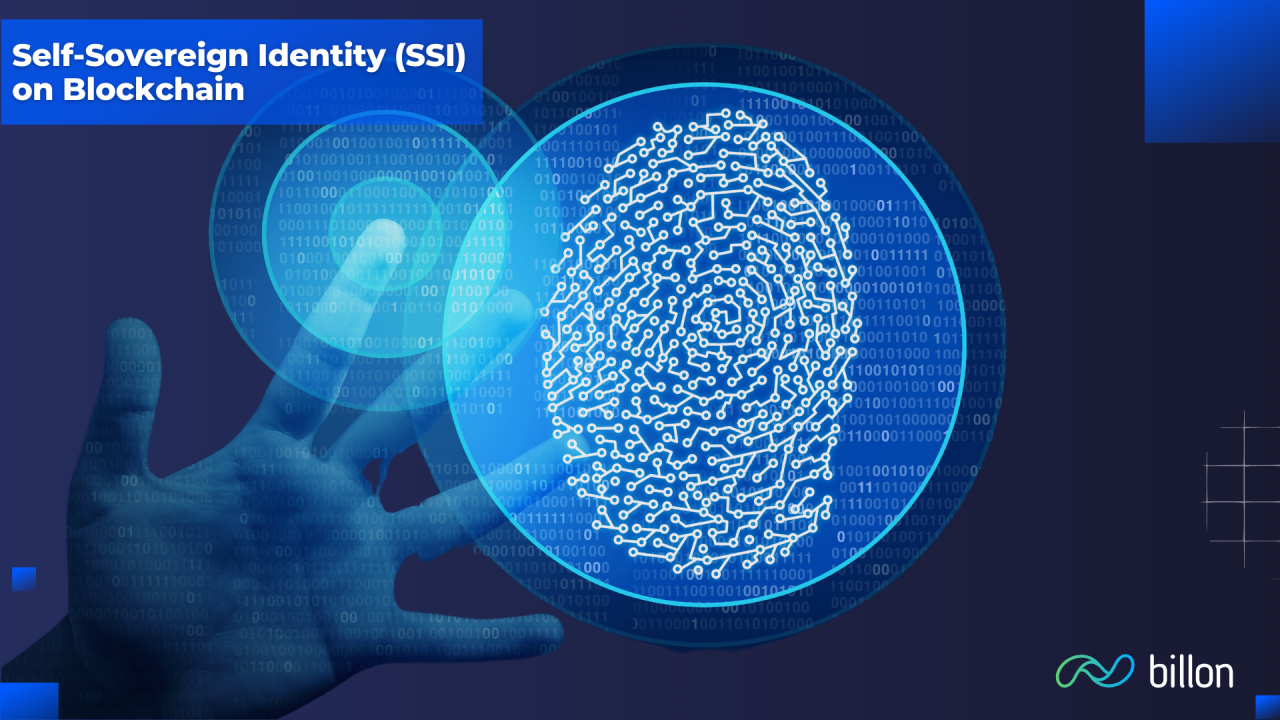Back to Blog

Exploring Self-Sovereign Identity (SSI) on Blockchain
July 16, 2024
5 min read
Can SSI Be Implemented Without Blockchain or DLT?
1. The Role of Blockchain/DLT in SSI
🔗 Decentralization: Blockchain and DLT provide the decentralized infrastructure that eliminates the need for central authorities, aligning with the core principle of SSI.
🛡️ Trust and Security: Blockchain ensures high security and trust through its immutable and transparent ledger, making it difficult to tamper with identity records.
🌐 Interoperability: DLTs facilitate seamless interaction and verification across different platforms and identities.
2. Alternative Approaches Without Blockchain/DLT
💾 Decentralized Databases: Using decentralized databases, not necessarily blockchain, could offer similar benefits of data distribution without a central authority.
🔒 Cryptographic Techniques: Implementing advanced cryptographic methods can provide secure and private identity verification.
🏢 Federated Identity Systems: These systems distribute identity verification responsibilities among multiple entities rather than a single central authority, though they still fall short of full decentralization.
Can SSI Principles Work Using Traditional IT Systems?
1. Centralized Systems
⚖️ Limited Decentralization: Centralized systems inherently contradict the decentralization principle of SSI, as they rely on a single point of control - thus invalidating the “self” reliance part of SSI design.
🔐 Privacy and Control: Users in centralized systems often lack complete control over their data, and privacy is dependent on the central entity’s policies and practices.
🚨 Risk of Mass Data Leaks: Central storage of identities is very sensitive to cyberattacks, and as it was proven over-and-over again, hackers often win in this cat-and-mouse game with even the largest and most sophisticated corporate databases.
2. Cloud-Based Solutions
🔐 Potential for Improved Security: Cloud-based solutions can offer strong security features, but they are still centralized and prone to data breaches.
📈 Scalability: Cloud infrastructure can handle large-scale implementations, but the trust model remains centralized.
💰 Cost: They have very complicated pricing schemes, and for data-heavy use cases they are 2x - 4x more expensive than regular hosting.
3. Federated Identity Management
🌐 Partial Decentralization: Federated identity management systems distribute identity management across several organizations, offering a middle ground between full centralization and decentralization.
❓ Trust Issues: While more decentralized than traditional systems, trust is placed in the federation’s members rather than a truly decentralized network.
Conclusion
Key Takeaways
🌍 Blockchain/DLT Integration: Ideal for achieving full decentralization, trust, security, and interoperability for SSI.
💼 Traditional IT Systems: Can implement some aspects of SSI but will struggle with decentralization and user control.
🤝 Alternative Decentralized Approaches: May offer a compromise but still fall short of the benefits provided by blockchain/DLT.
Ultimately, while it is possible to implement SSI-like functionality without blockchain, the most robust, cybersafe and principle-aligned implementations leverage blockchain or DLT to ensure the full realization of SSI’s benefits.
At Billon, we specialize in implementing cutting-edge blockchain solutions to help organizations achieve secure, decentralized, and user-controlled digital identities. Learn more about how we can help your business processes by visiting www.billongroup.com.
#Blockchain #SSI #DLT #CyberSecurity #Decentralization
